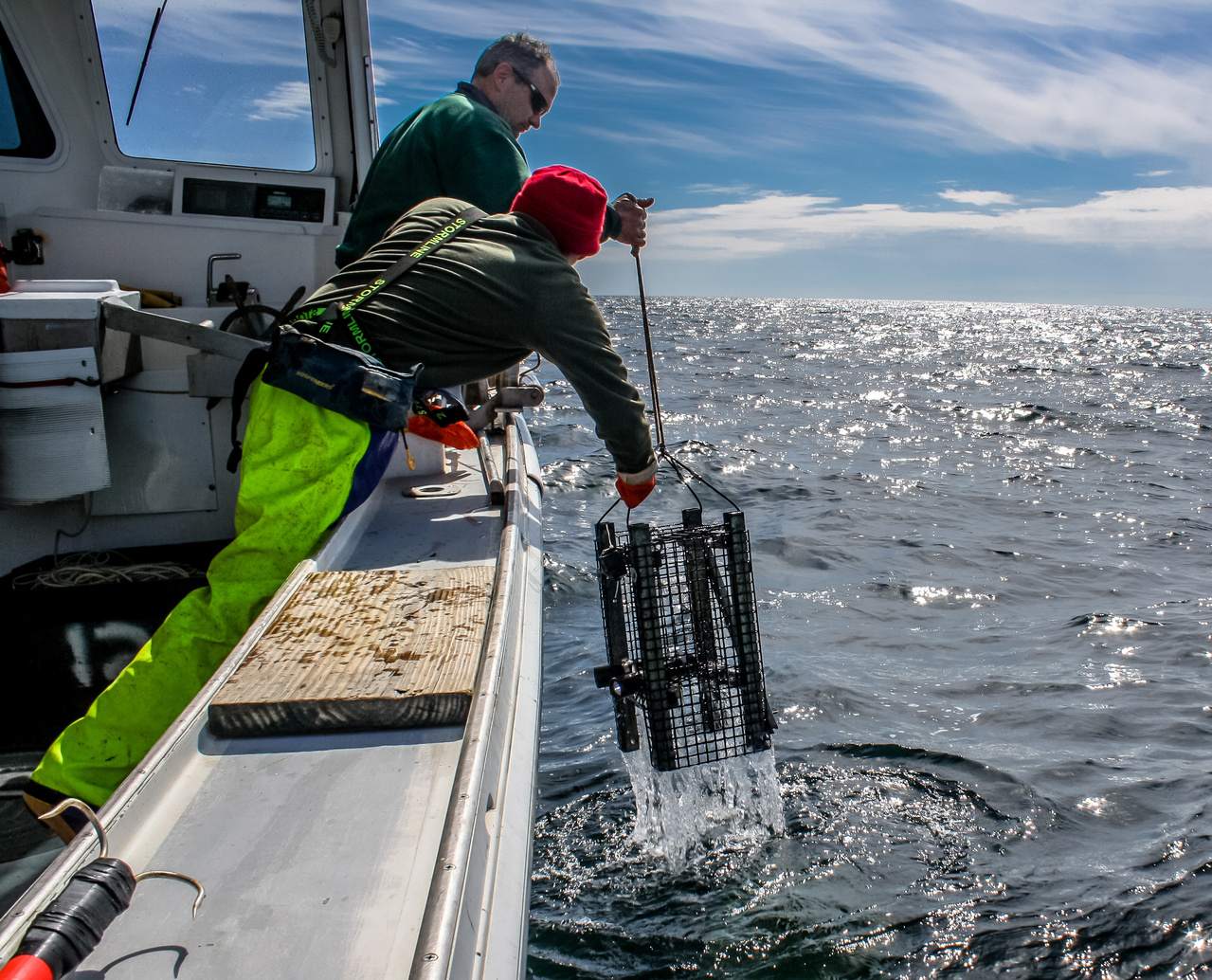With their regular fisheries surveys thwarted by covid-19 precautions, researchers from the Northeast Fisheries Science Center and a pair of Massachusetts fishing vessels have embarked on a three-week longline survey to compensate with new technology.
The 50-foot Mary Elizabeth out of Scituate and the 40-foot Tenacious II homeported at East Dennis have carried scientists on the Gulf of Maine longline research survey for six years, collecting data at 45 stations, according to a description of the program from NMFS officials.
The effort targets areas of rough bottom, where fish typically hide and are hard to sample with trawl gear. Covid-19 has complicated fisheries surveys off every U.S. coast, with NMFS cancel\ling many regularly scheduled 2020 research cruises over crew health and safety concerns.
That trend likewise closed the usual spring window for the Gulf of Maine longline survey.
“When it was clear we’d not be able to do our usual spring survey, we looked for ways to make the best of it,” said Anna Mercer, chief of the Center’s Cooperative Research Branch.
Mercer and colleagues looked to a new time slot in late August, assessing what research needs would be most valuable and feasible, and done within safety protocols.
Some of those questions include what happens around the longlines while they are soaking, and the effectiveness of the gear at catching the fish around it.
The study also looks at how the catches differ, with fewer hooks or shorter soak times, and how much bait is picked off by fish species that are not being targeted.
But hopes for a rescheduled survey still ran into difficulty with travel restrictions, supply chain back-ups, the time needed for people to shelter in place ahead of the trips, and variability in local covid-19 positivity rates.
“Fortunately, there is a Plan C,” said Mercer. “Wherever there are instruments collecting data, there must be software, right? Yes. And there’s a new generation of software and hardware ready to go that will further automate data collection and processing during the survey. Plan C is to get it installed and tested.”
Deploying that technology enables researchers to install the new equipment safely at dockside, employing a small number of people and limiting physical contact. On a few day trips, researchers and crews test the new set-up on each vessel, identify and address bugs, and document new protocols.
“It’s not how any of us thought this summer would go, but I am pleased we have some time to get this next generation of technology onto the boats and ready to use,” said Mercer. “With this testing done, we will be more ready than ever when we get back to sea.”







